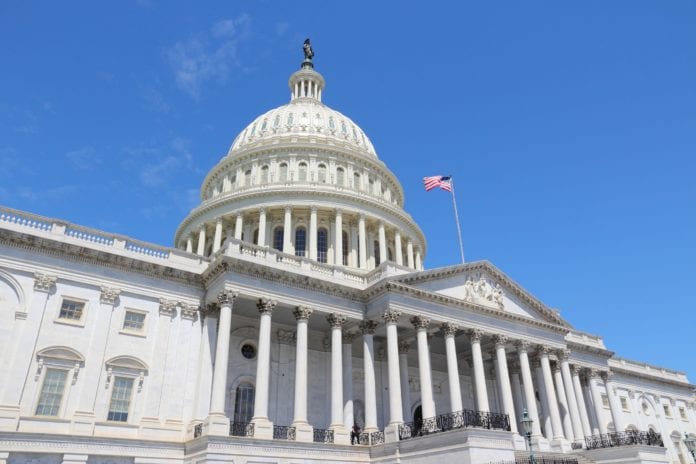A new bill for funding government efforts to explore spectrum repurposing for commercial use has been introduced, with bipartisan support in both houses of Congress — and the industry is all for it.
The Supplementing the Pipeline for Efficient Control of The Resources for Users Making New Opportunities for Wireless Act — aka, the SPECTRUM NOW Act — was introduced in the Senate by Senators Roger Wicker (R-Miss.) and Brian Schatz (D-Hawaii), joined by Senator Tom Udall (D-N.M). Companion legislation in the House was introduced by Representatives Doris Matsui (D-Calif.) and Brett Guthrie, (R-Ky.).
According to Wicker’s office, SPECTRUM NOW allows the existing Spectrum Relocation Fund — which Congress created to help government agencies cover the cost of relocating or sharing spectrum so that it could be freed up for commercial use — to be used for early-stage research to identify frequencies, adding more flexibility to the use of SRF money.
The use of the SRF was originally quite limited in the expenses that the fund would cover. In 2015, the Spectrum Pipeline Act expanded the type of eligible expenses to include research and analysis of what spectrum bands might be candidates for relocation and/or sharing — so that instead of only covering the actual costs to relocate, the SRF could also be used for agencies to figure out what bands would be good candidates for relocation or spectrum sharing. The 2015 changes also authorized $500 million from the SRF specifically for research into spectrum repurposing.
“Agencies need funds even to identify alternative spectrum bands for systems or to determine whether such systems can share that spectrum with other federal or non-federal users. The original statute, however, did not allow for the SRF to support the early stage research, analyses and measurements that can help create potential repurposing opportunities in the first place,” wrote Paige Atkins, associate administrator of the Office of Spectrum Management, in a NTIA blog entry in 2015 discussing the Spectrum Pipeline Act changes.
Now, “there is concern that the $500 million provided in the Spectrum Pipeline Act is running out and there will not be enough money to conduct comprehensive spectrum research in the future to further improve spectrum-use efficiency and drive U.S. leadership in the digital economy,” according to a press release from Wicker’s office. “The new legislation would allow the Office of Management and Budget, in consultation with the National Telecommunications and Information Administration, to use existing SRF funding (approximately $8 billion) to support research-related activities that examine the feasibility of federal spectrum users relocating or sharing spectrum with non-federal users as long as those monies are not already obligated to support federal agencies.”
The bill does put a few caveats on the use of SRF money for spectrum repurposing research. A research and development plan from a federal incumbent user for such research has to have been submitted and approved by a panel of members from NTIA, OMB and the Federal Communications Commission. SRF money can only be used if there isn’t enough available through the already-allocated Spectrum Pipeline Act funds, and the SRF has to maintain enough money to “complete ongoing transition plans from previous auctions,” according to Wicker’s office.
CTIA Senior Vice President for Government Affairs, Kelly Cole, said in a statement on the SPECTRUM NOW Act that the “timely bipartisan legislation will unlock funds to free up additional spectrum for commercial wireless use that will help spur new innovation and services for consumers.”
“The AWS-3 spectrum auction proved that providing additional funds for spectrum research is money well spent, and reforms included in the SPECTRUM NOW Act have the potential to produce positive results,” said Competitive Carriers Association President and CEO Steven Berry.
SPECTRUM NOW also received support from the Wireless Internet Service Providers Association.
Image copyright: tupungato / 123RF Stock Photo

